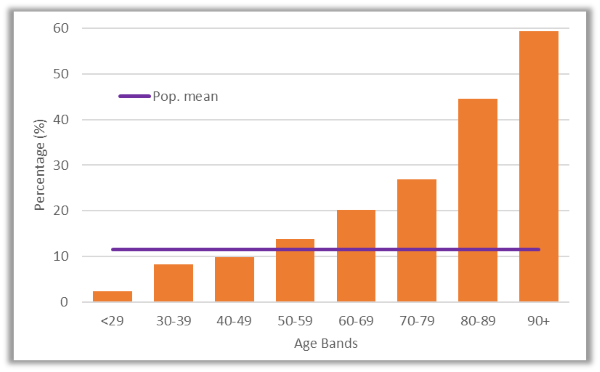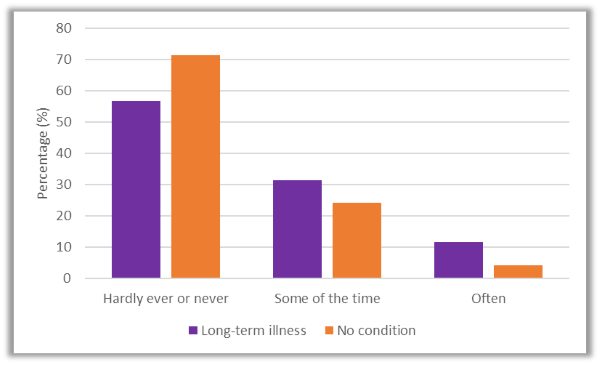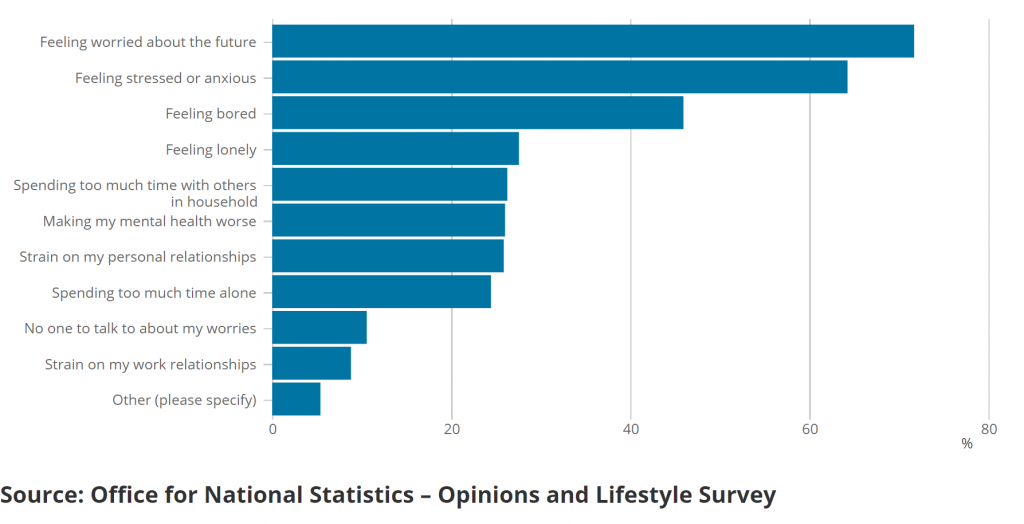
 Patty Doran and Vanessa Higgins highlight how the range of survey and longitudinal data in the UK Data Service collection can give context for the current inequalities being experienced due to the coronavirus lockdown.
Patty Doran and Vanessa Higgins highlight how the range of survey and longitudinal data in the UK Data Service collection can give context for the current inequalities being experienced due to the coronavirus lockdown.
Social surveys have given insights into the lifestyles, attitudes, finances, employment and inequalities in the population for over 50 years.
Never have these data been more important than now during the COVID-19 pandemic.
The UK Data Service holds several key datasets that provide a wealth of data that can be used to describe the population in a variety of contexts. The cross-sectional survey data give a snapshot of the population at one point in time. The longitudinal studies allow the exploration of change over time.
The COVID-19 pandemic has sparked many questions about the health, social and economic effects on our nations. We can start to understand the questions raised through social survey data.
For example, using the Health Survey for England we can explore the characteristics of those with long-term health conditions and most at risk of the severe effects of COVID-19.
From the Labour Force Survey and Annual Population Survey we can explore the make-up of households including income, age and family size. The example in Figure 1 shows the distribution of one-person households by age, on average 11.6% of people in the UK live in one-person households.
Figure 1. Percentage of age band that lives in a one-person household
Reference: Annual Population Survey, January – December, 2019
The Opinions and Lifestyle Survey is a monthly multi-purpose survey with topics that vary from month to month.
In March, the survey started to ask respondents about their experiences during the stay-at-home period in order to understand the impact of the COVID-19 pandemic on people, households and communities in Great Britain.
As a longitudinal study, Understanding Society permits examination of short- and long-term effects of social and economic change.
Topics include information on caring, families, employment and well-being. The example in Figure 2 compares feelings of isolation between those with a long-term illness or condition to those with no condition (pre-COVID-19), only 56.7% of those with a long-term condition report hardly ever or never feeling isolated, compared to 71.5% of those without a condition or illness.
Figure 2: How often do you feel isolated from others? By long-term illness or condition.
Reference: Wave 9 Understanding Society
From April 2020 participants from the main Understanding Society sample have been asked to complete a short web-survey that will cover the changing impact of the pandemic.
Data having impact
Social survey and census data are currently being used by a range of researchers, think tanks and policy analysts to draw attention to the changed lives, and in some cases inequalities, being experienced as a result of COVID-19. Here are a few examples we’ve found.
National Voices
In a blog for National Voices (a coalition of charities advocating for person-centred care) Morgan Vine discusses putting older people in focus during COVID-19.
The article draws on a recent report that explored the experiences of older age in England and used data from Understanding Society. The blog discusses the complexity and heterogeneity of older age.
NatCen
Molly Mayer from NatCen discusses current pressures on parents in a blog that draws on on-going research using the Time Use Survey.
Their research shows that parents are less rushed today than twenty years ago but experience pressures in different ways. It is suggested as we are seeing a rise in workplace flexibility and working from home, this could bring benefits for all parents in a post-COVID-19 world.
Intergenerational Foundation
Continuing the focus on families, the Intergenerational Foundation have published a blog post (written one of the #DataImpactFellows, David Kingman) that explores how the COVID-19 lockdown highlights age inequalities in living space.
Using data from the English Housing Survey their research shows how younger families have less household space per person. They argue that ‘highlighting that many younger households don’t have access to an adequate amount of living space should also help to inform the debate about restricting access to public spaces during the COVID-19 epidemic’.
Institute of Fiscal Studies
The Institute of Fiscal Studies (IFS) have produced a comprehensive report that addresses the growing concern that the UK’s minority ethnic groups are being disproportionately affected by the COVID-19 pandemic.
Data from the 2011 Census and the Quarterly Labour Force Survey is drawn on to illustrate exposure to inequalities through health risks and through loss of income. Analysis is presented in relation to the risk factors for the largest ethnic minority groups in England and Wales. Themes covered include geography, age, occupation, self-employment and underlying health conditions.
Race Equality Foundation
The question of why more black and minority ethnic people dying from Covid-19 in hospitals is also explored by Nigel de Noronha in a blog for the Race Equality Foundation.
Data from the 2011 Census is linked to Covid-19 hospital deaths (as at 21st April 2020) to analyse actual and expected number of deaths, together with the relative likelihood of these deaths by detailed ethnic group.
Office for National Statistics
Emerging findings are being released from surveys with new COVID-19 specific questions.
The Office for National Statistics have published findings from the Opinions and Lifestyle Survey COVID-19 module and found that 53.1% of adults said that COVID-19 was affecting their well-being and 46.9% reported high levels of anxiety (Figure 3). Around 1 in 5 adults said it was affecting their household finances. Staying in touch with friends and family remotely was the most common action that is helping people cope with staying at home (76.9%).
Figure 3. Of those who were concerned about the impact of the coronavirus on their well-being, the majority felt worried about the future, or stressed or anxious
Reference: Office for National Statistics – Opinions and Lifestyle Survey (click/tap to view larger version)
In this rapidly changing landscape social surveys will continue to adapt. It is expected that many cross-sectional and longitudinal studies will include questions specific to COVID-19, and when ready much of this data will be made available through the UK Data Service.
About the authors
Patty Doran (@Patty_NZ) is a Research Associate for the UK Data Service based in the Cathie Marsh Institute for Social Research at the University of Manchester. Patty’s research has focussed on ageing, inequalities, social support and the life course, and using mixed methods to address complex research questions.
Dr Vanessa Higgins (@VanessaAHiggins) is Director of User Support and Training and a Senior Research Fellow at the University of Manchester. She leads the UK Data Service training programme and has extensive experience of large-scale national surveys including time with the Office for National Statistics. Her research focuses on obesity and includes studies of ethnic differences in obesity using the Health Survey for England. Dr Higgins also teaches in the Department of Social Statistics, at the University of Manchester.



